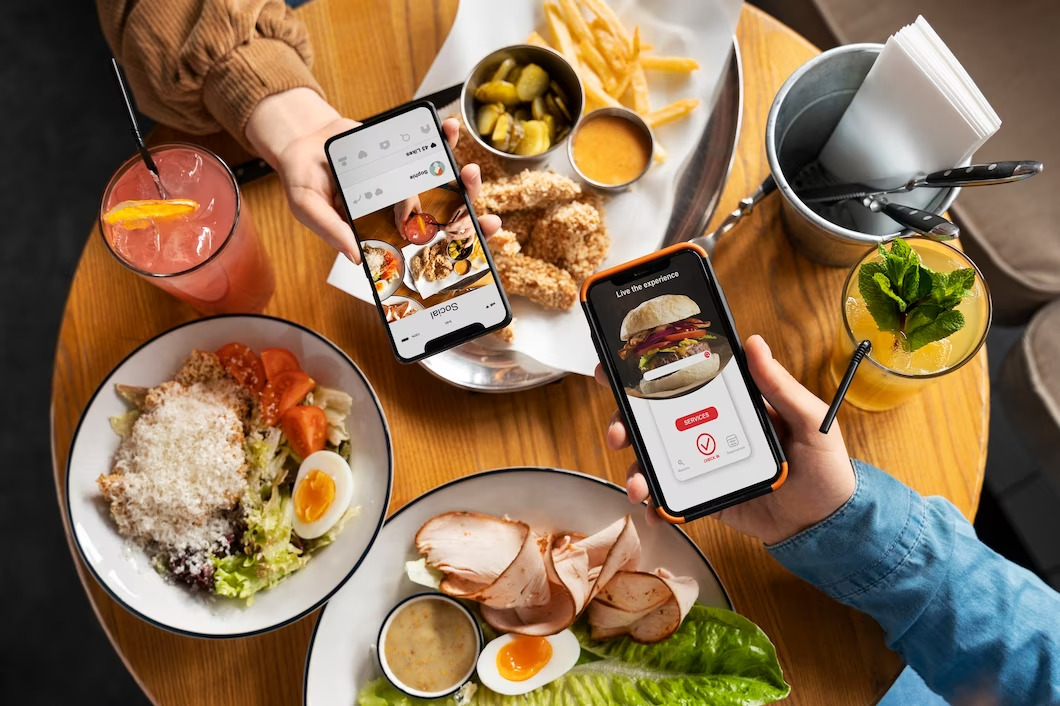The world of dining is undergoing a profound transformation with the advent of virtual restaurants. These innovative establishments are redefining the traditional brick-and-mortar model, offering a unique dining experience to customers.

In this article, we will explore the concept of virtual restaurants, their impact on the food industry, and the reasons behind their growing popularity.
Virtual restaurants, also known as ghost kitchens, cloud kitchens, or dark kitchens, are food establishments that operate solely through online platforms, without a physical storefront. Unlike traditional restaurants, they don’t have a dining area for customers. Instead, they focus solely on food production and delivery. Virtual restaurants leverage the power of technology and rely heavily on online ordering platforms, such as food delivery apps and websites, to connect with customers.
Virtual restaurants have gained traction due to several key factors. Firstly, they offer a cost-effective alternative to opening and operating a traditional restaurant, as they eliminate the need for expensive storefronts and extensive staff. This allows entrepreneurs to enter the food industry with reduced financial risks.
Secondly, virtual restaurants have the flexibility to operate multiple brands or concepts from a single kitchen, catering to different cuisines or dietary preferences. For example, a single virtual restaurant may offer Mexican cuisine, vegan dishes, and gourmet burgers simultaneously. This versatility allows for greater market penetration and the ability to cater to a diverse customer base.
Additionally, virtual restaurants can capitalize on the growing trend of food delivery and takeout services. With the rise of third-party delivery apps, customers have become accustomed to ordering meals from the comfort of their homes. Virtual restaurants leverage this demand, focusing on high-quality food preparation and efficient delivery to provide a convenient and satisfying experience for customers.
While virtual restaurants present exciting opportunities, they also face unique challenges. One such challenge is building brand recognition without a physical presence. Establishing trust and loyalty in a crowded online marketplace can be difficult. However, virtual restaurants can overcome this hurdle by investing in strong branding, social media presence, and positive customer reviews. By consistently delivering exceptional food and service, they can build a solid reputation and earn customer trust.

Another challenge is ensuring efficient delivery logistics. Virtual restaurants must carefully manage their operations to meet delivery timeframes and maintain food quality. Partnering with reliable delivery service providers and optimizing delivery routes can help address these issues.
Moreover, maintaining quality control and consistency is crucial for virtual restaurants. Without the direct supervision of a physical storefront, it becomes essential to implement rigorous processes and standards for food preparation, packaging, and delivery. By investing in training programs and quality assurance systems, virtual restaurants can ensure that every customer receives a consistently excellent dining experience.
The virtual restaurant industry is poised for continued growth and innovation. As technology advances, we can expect to see further integration of automation, robotics, and artificial intelligence in the operations of virtual restaurants. These advancements will enhance efficiency, reduce costs, and improve the overall customer experience.
Moreover, virtual restaurants are not limited to delivery-only models. Some virtual restaurants are beginning to explore the concept of pop-up or temporary physical spaces, where customers can experience their offerings for a limited time. This hybrid approach provides an opportunity for virtual restaurants to connect with customers in a more tangible way.
In conclusion, virtual restaurants have revolutionized the food industry by leveraging technology and focusing on convenience and efficiency. With their low overhead costs, diverse cuisine options, and emphasis on delivery services, they have quickly gained popularity among consumers.
Learn more at Wiki as well.
